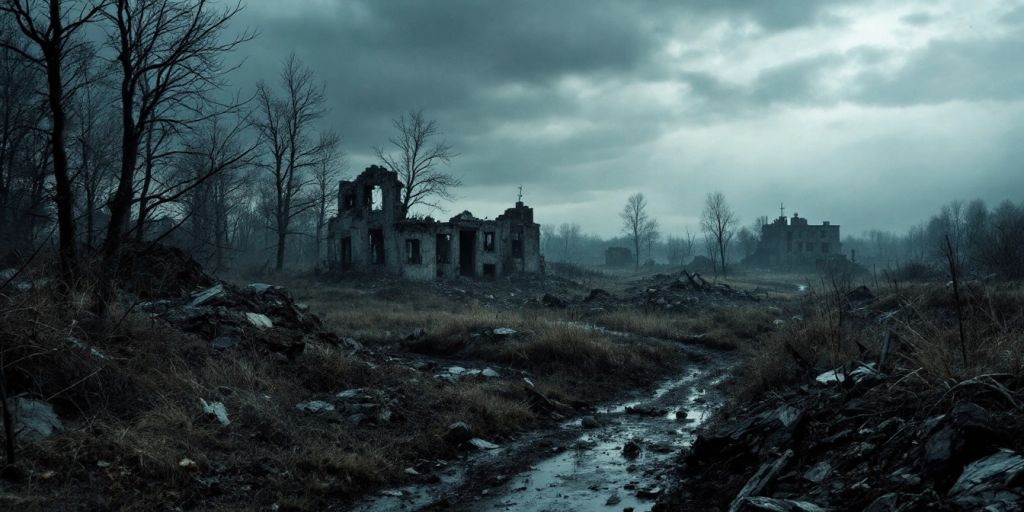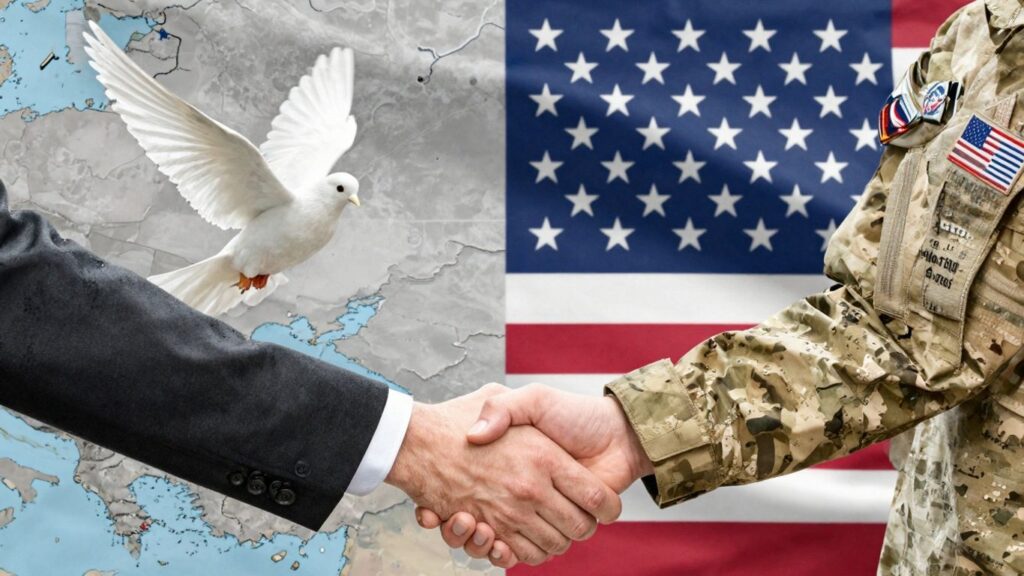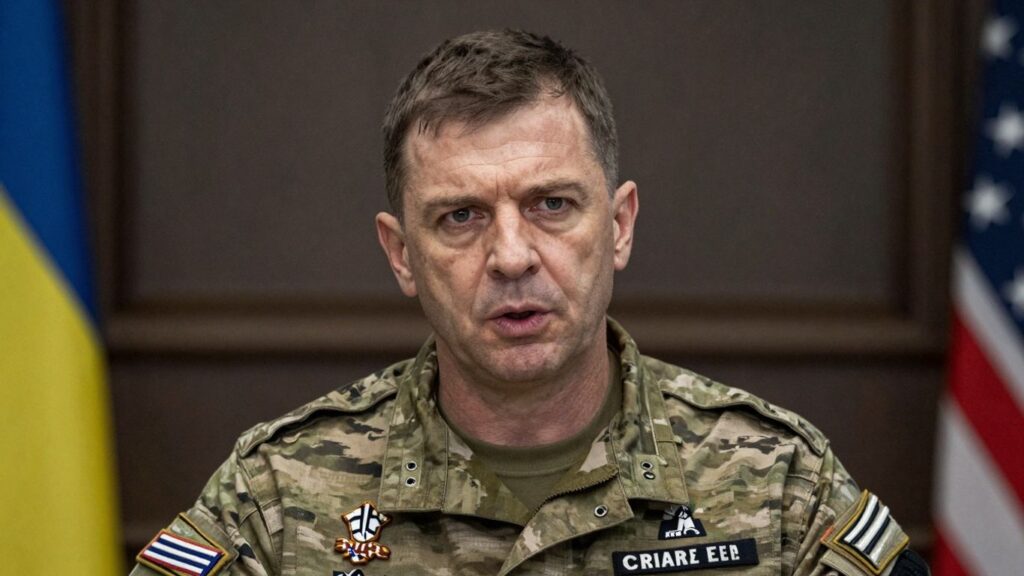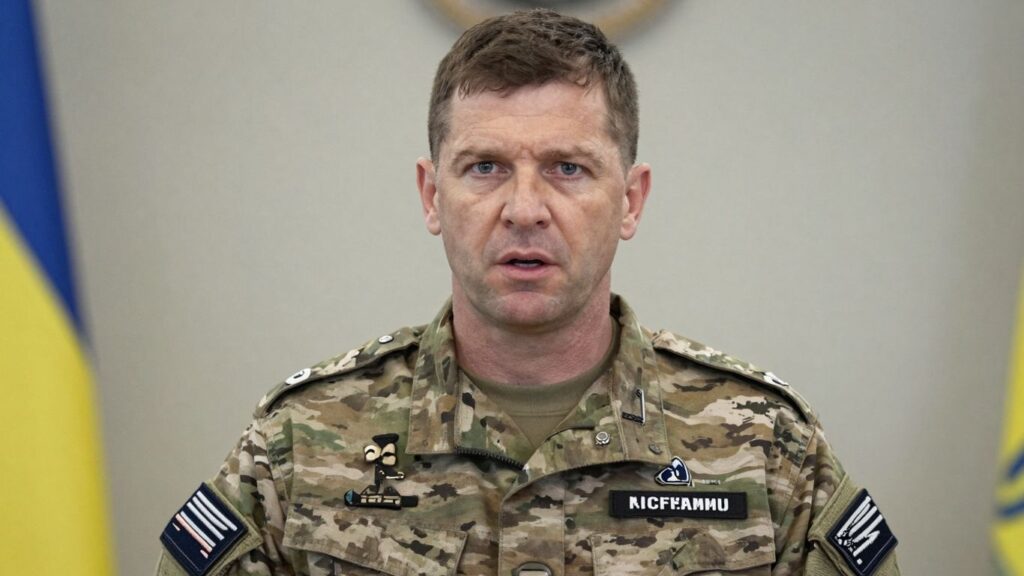Endgame on the Russia-Ukraine War? Strategic Implications and U.S. Political Dynamics
The recent statements from President Trump hint that the long-standing conflict between Russia and Ukraine might be nearing its final chapter. While many are focused on battlefield tactics and diplomatic talks, these remarks reveal deeper shifts in global power and U.S. strategy. Understanding the current landscape involves looking at Russian, Ukrainian, and Western moves—and what they mean for future peace or prolonged chaos.
Assessing the Potential Endgame in the Russia-Ukraine War
The U.S. Perspective on the War’s Conclusion
President Trump recently said he’s planning to announce a clear plan to end the war within three days. Most experts believe the U.S. will choose to walk away from the conflict because no other mutually agreeable solution seems possible. If the U.S. pulls out, it would leave Ukraine in a difficult spot, possibly forcing its government to face harsh realities. Such a move would be a major shift, ending years of heavy support and possibly reshaping regional stability.
Russia’s Position and Open to Negotiation
Russian President Vladimir Putin has made surprising comments about talking to Ukraine’s government. But he specifically said he’d only talk to representatives of Kyiv, not Zelensky directly. Putin also explained that the recent Easter ceasefire wasn’t Ukraine’s idea. Instead, he said Western countries pressured Ukraine to accept the truce. That shows Russia’s readiness to negotiate with certain figures, but not with Zelensky himself.
Western and Ukrainian Leadership Responses
Ukrainian President Zelensky wants a ceasefire first, without addressing the root causes of the war. He emphasizes an unconditional halt to hostilities, then talks. But Russia’s goals are different. Russia seeks a peace that solves the original grievances that sparked the conflict. Zelensky’s approach seems aimed at a temporary pause, while Moscow wants a lasting solution. This fundamental difference makes a quick settlement unlikely.
Key Geopolitical and Military Dynamics
Russian Military Buildup and Strategic Positioning
Russia continues to amass troops and equipment near Ukraine. Putin stated that Moscow’s future focus is on reinforcing ties with BRICS nations in the East. This signals Russia’s shift away from confrontation in Europe toward economic partnerships in Asia. The troop buildup isn’t random—it’s designed to pressure Kyiv and signal Russia’s willingness to defend its interests at all costs.
Western Response and NATO’s Role
NATO nations are increasing military supplies and planning for a long-term presence. But many Europeans are weary of war, polls show. Europe’s public opinion leans toward peace. Still, leaders push for more arms and readiness, risking escalation. This tension fuels fears that the conflict could drag on, igniting a larger regional or even global war.
The Future of Ukraine’s Leadership and Regime Stability
Zelensky remains determined but remains vulnerable. Western support gives him some cover, but political instability looms. Rumors suggest he might be replaced if the war drags deep into 2024. Inside Ukraine, elites and foreign backers are weighing options that could topple Zelensky, further complicating peace prospects.
Biden Administration and U.S. Strategic and Military Concerns
The Chaos at the Pentagon and Leadership Uncertainties
The Pentagon faces turmoil. Several high-ranking officials have been removed or fired over leaks, internal conflicts, and policy disagreements. President Trump has questioned the competence of some Defense Department leaders, seeing chaos as a sign of weak leadership. Disagreements on military strategy, especially on supporting Ukraine and facing Iran, create more confusion.
U.S. Military Spending and Economic Constraints
Many experts argue that the U.S. should cut military spending by half. The kind of military buildup seen now isn’t sustainable amid economic problems. Since Trump’s time, U.S. wealth has shrunk by over $8 trillion, making costly foreign conflicts dangerous. Instead, the country needs to focus on domestic stability and strategic withdrawal from overseas commitments.
U.S. Policy Toward Iran and Middle East Stability
Signs from the Pentagon and other officials suggest a move toward conflict with Iran. President Trump has warned of war if diplomacy fails, creating a tense atmosphere. Risks include the trustworthiness of future agreements and the possibility that missteps could trigger open hostilities. The U.S. must rebuild trust with Iran and avoid rushing into dangerous confrontations.
Expert Insights and Critical Analyses
The Role of U.S. and European Political Will
NATO countries are hesitant to fully normalize relations with Russia. Many in Europe prefer stability over endless hostility. The push for a permanent conflict with Moscow is driven by globalist agendas that ignore the real will of the people. Polls from Germany and Poland clearly show desire for peace. The future of U.S.-Russia ties depends on avoiding unnecessary escalation.
Russia’s Strategic Future and Economic Reorientation
Putin’s recent speech emphasized that Russia’s focus is shifting eastward, toward BRICS and economic growth outside of Europe. Moscow isn’t looking to invade Europe but aims to avoid further conflicts. Russia’s military posture and economic plans suggest a retreat from confrontation, not an open invasion. Misinterpreting Russia’s goals risks prolonged tensions, not peace.
Key Risks and Opportunities for Peace
A real chance at peace involves realistic agreements that address underlying causes. But Zelensky’s current stance and Western intransigence make this hard. Leaders should focus on “good enough” deals—agreements that stop the war, give stability, and leave room for future negotiations. The worst mistake would be forcing a peace that leaves the roots of conflict untouched.
Conclusion
Current signals suggest the Russia-Ukraine war may be nearing its conclusion, especially if U.S. and Russian interests align. Leaders on all sides face tough choices: push for broader peace, or risk prolonging chaos. The key to future stability lies in tough but fair agreements that recognize reality. While peace is possible, it hinges on honest diplomacy, strategic patience, and a clear understanding of true interests—not just short-term wins. If managed wisely, this conflict could serve as a wake-up call for better leadership and smarter geopolitics.








Responses